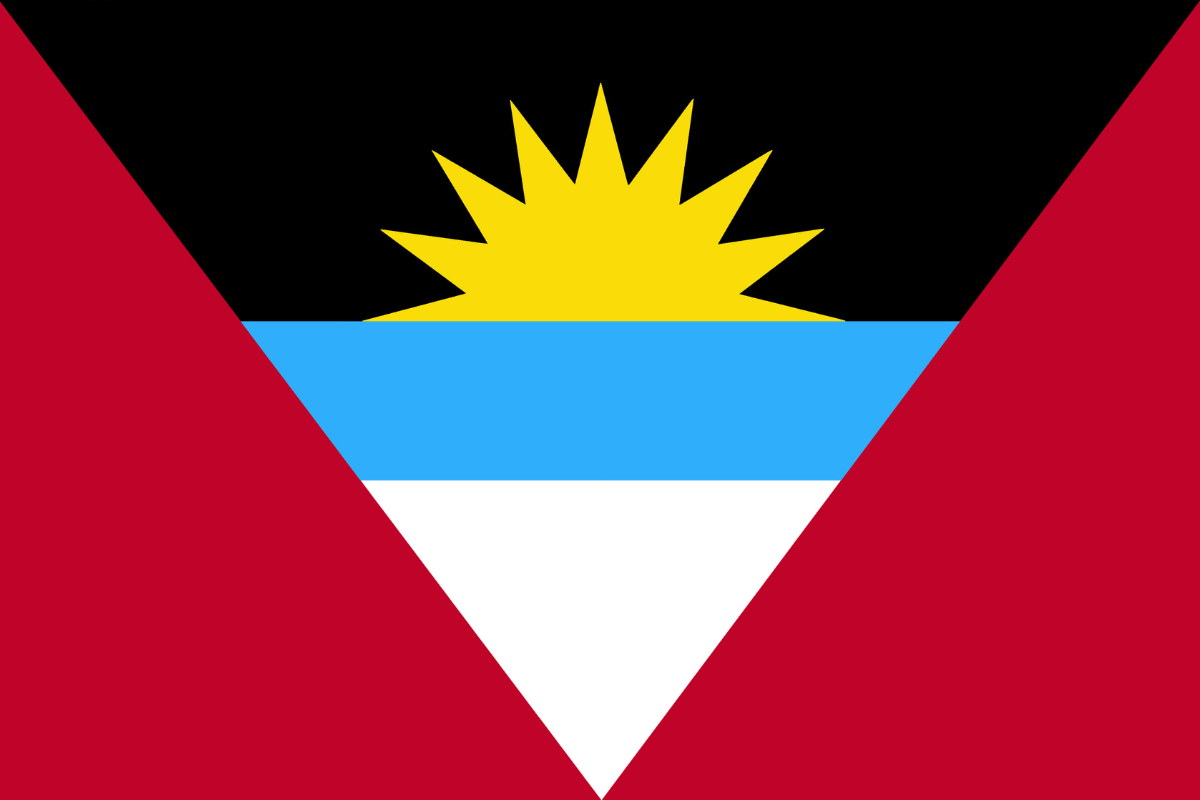The national animal of Antigua and Barbuda is the fallow deer. This is a species of deer native to the Mediterranean which has been moved around the world for at least 8000 years. They feature on the country’s coat of arms and are thought to have been introduced to the islands in the 18th Century.
So, the national animal of Antigua and Barbuda is one that was introduced there in the fairly recent past.
These deer are nonetheless a very important part of Antiguan and Barbudan culture and have been since they were introduced.
Let’s find out more.

What is the national animal of Antigua and Barbuda?
The national animal of Antigua and Barbuda is the fallow deer.
Also called the European fallow deer, as its name suggests this deer is not in fact “native” to the islands in the way we might traditionally think but was introduced there at a date in the past—but more on this later.
In any case, the fallow deer is the official animal of this island nation and can be found on both Antigua and Barbuda.
They are, then, a species of ruminant mammal, and it is believed that it was historically native to Turkey, as well as possibly the Italian and Balkan Peninsulas, as well as the island of Rhodes.
What’s clear is that these animals have been moved around by humans for a very long time, and so the fossil and archaeological record must be what we look to in order to determine their original range.
Adult males generally range between 55 and 63 inches long, and around 33 to 37 inches tall at the shoulder.
They usually weigh anywhere from 130-220 pounds. Does range from around 50 to 60 inches long, are usually around 30 inches tall, and weigh 66 to 110 pounds.
They usually live for around 12 to 16 years, with fawns being born in early spring.
There’s a great deal of variation in the color of the species’ coats.
They are usually light brown with white spots, though they can be almost totally white and sometimes totally black in rarer cases.
Only the males have antlers, which are very broad.
They graze and prefer to live in mixed woodland and open grassland.
They can live in groups of up to 150 but this depends on the time of year and the availability of food.
When things are harder, they tend to spread out more in search of food.
Why is the fallow deer the national animal of Antigua and Barbuda?
The fallow deer is an important symbol to the island nation for a number of reasons.
As mentioned, they feature prominently on the country’s coat of arms, and they have become an important national symbol in representing the spirit of the people of the nation.
These animals are graceful, beautiful and like many deer species they have a long and intimate relationship with humans.
Though they are not as important for hunting as they once were, people remain conscious of the role that they played in the not-too-distant past.
The answer to this question, then, may depend on whom you ask.
There is no single official reason that this animal is the national animal, and there may be any number of interpretations of their role and place in Antiguan and Barbudan culture and heritage.
Deer, though, are an almost universally understood symbol of natural beauty.
They are fairly numerous in the country but at the same time can still be difficult to see, embodying a kind of elusive mystery that is also often a very important part of an animal’s allure.
So, again, there are lots of reasons why they are the national animal.
Are fallow deer native to Antigua and Barbuda?
In the strictest sense, fallow deer are not native to Antigua and Barbuda.
Of course, it really depends what you mean by “native”.
Today, they can be found on the islands in wild, naturally occurring populations, so in that simple definition of the term native then they are native to the islands.
As mentioned, though, the fallow deer was introduced to the islands in the recent past.
It’s not believed that they were found on the islands prior to the 18th Century and they are thought to have been introduced their by European explorers.
Their original native range is believed to have been in Turkey.
Is fallow deer good to eat?
The fallow deer has long been renowned for its tasty meat, and was the favorite of European nobility for centuries.
They were one of the most prized deer species to hunt and would very often feature at banquets and feasts when they could be caught.
Today, you typically cannot hunt them without a license, and though it is done, it can be hard to raise deer in captivity for a number of reasons.
They often have stunted growth when they are born in captivity.
If you can find an artisan restaurant or deli serving the meat, though, then it is certainly very tasty.
These deer are, again, really important symbols of Antiguan and Barbudan culture and heritage, then.
They have been a vital part of the country’s recent history and continue to be a very important part of the ecology of the island.
They may not have been on the islands for as long as some other species, but they have become very important nonetheless to the culture of the islands.

